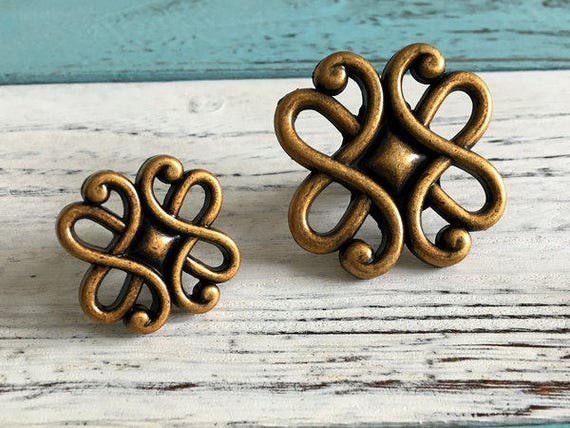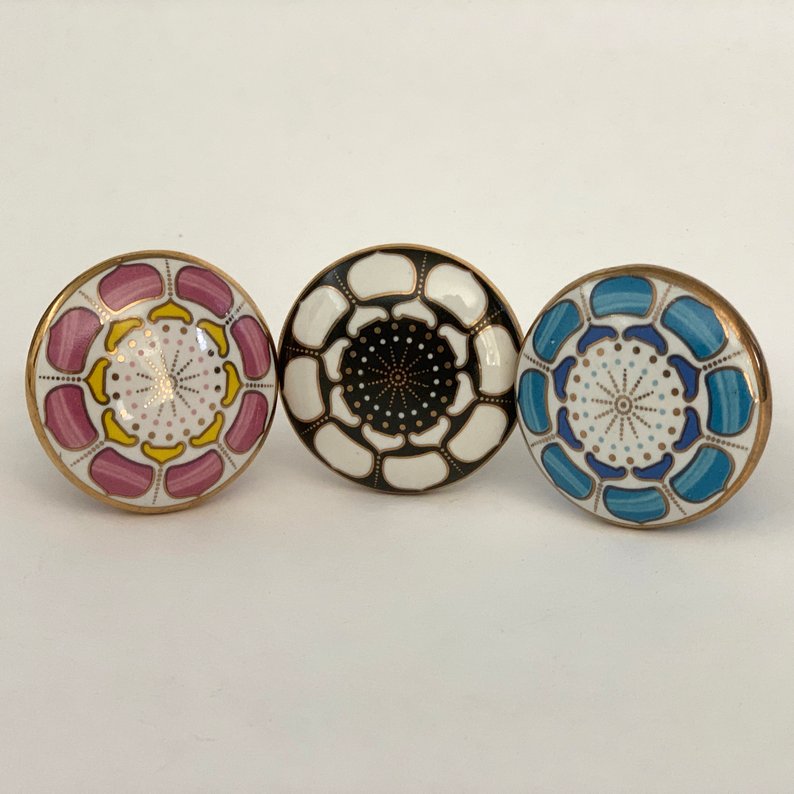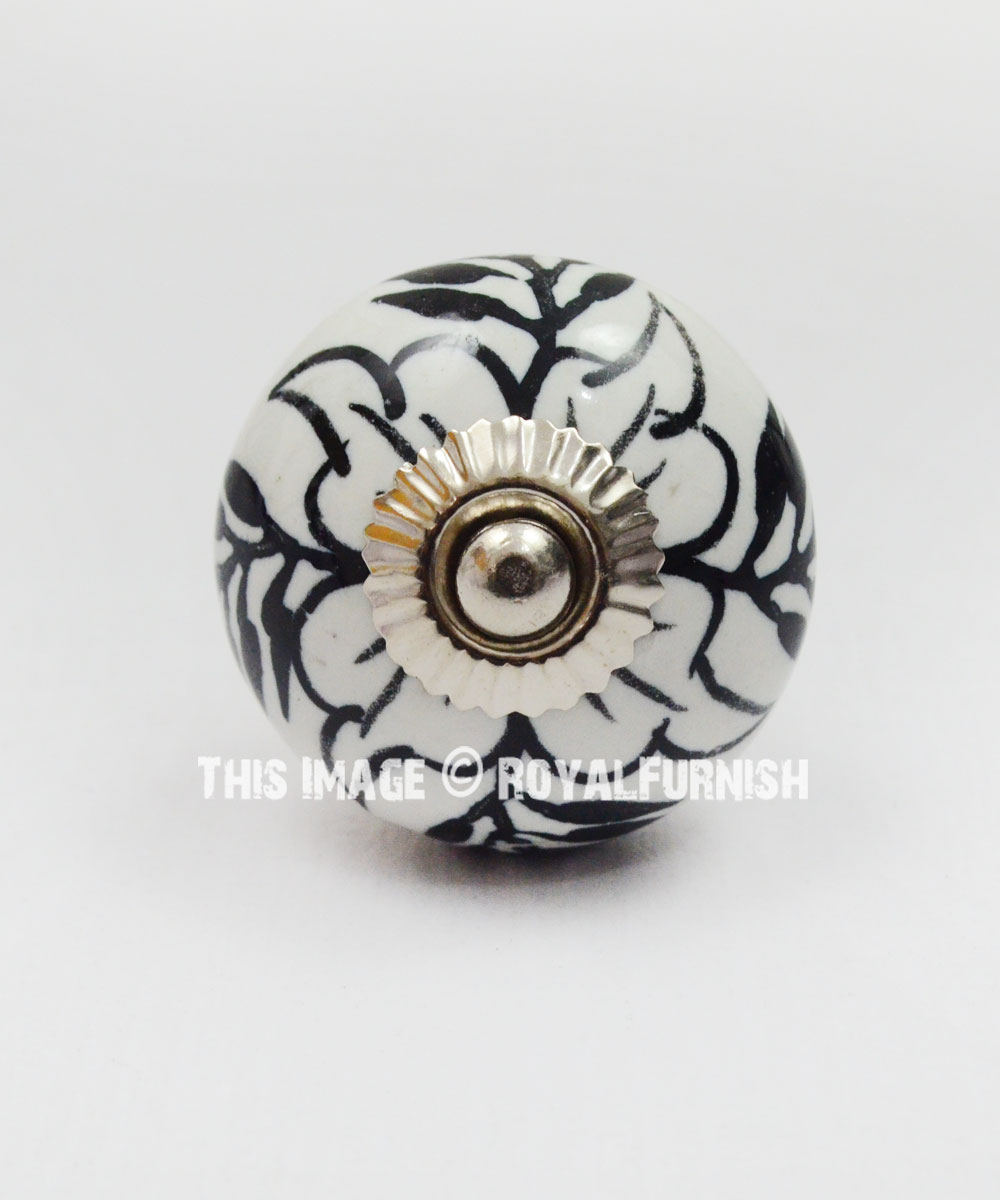Decorative cabinet knobs are more than just functional hardware; they are a vital part of your interior design that can instantly elevate the aesthetic of any room. As someone who has spent countless hours redesigning home spaces, I can attest to the transformative power of the right cabinet knobs. In this article, we’ll explore various styles, materials, tips for choosing the perfect knobs, and much more.
Why Choose Decorative Cabinet Knobs?
Decorative cabinet knobs serve a dual purpose: they are both functional and decorative. Here are some reasons why investing in quality knobs is a smart choice:
- Aesthetic Appeal: A unique design can enhance the overall look of your furniture or cabinetry.
- Affordability: Compared to other renovation projects, changing knobs is a cost-effective way to refresh your space.
- Personalization: Knobs allow you to express your individual style and taste.
- Easy Installation: Swapping out cabinet knobs is generally a straightforward DIY task.
Types of Decorative Cabinet Knobs
Decorative cabinet knobs come in various styles and materials. Below, we’ll break down some of the most popular options.
1. Materials
Choosing the right material for your cabinet knobs is essential to match your interior design.
- Metal: Offers durability and modern aesthetics. Common metals include brass, stainless steel, and wrought iron.
- Glass: Provides a classic look and can add a pop of color. Vintage glass knobs are especially popular.
- Wood: Ideal for a rustic or farmhouse vibe, wooden knobs come in various finishes.
- Plastic: A budget-friendly option available in numerous designs and colors.
2. Styles
Here are some common cabinet knob styles to consider:
- Traditional: Ornate designs often found in vintage or classic settings.
- Modern: Minimalist and sleek designs that fit contemporary decor.
- Rustic: Rough textures and natural finishes that enhance country-style interiors.
- Industrial: Features raw materials and finishes that play into the urban aesthetic.
Choosing the Perfect Decorative Cabinet Knobs
Selecting the right knobs can be overwhelming, but here are some tips to guide your decision:

1. Consider Your Overall Design Style
Think about the design theme of your space. For instance, if you have a modern kitchen, sleek metal knobs may be ideal, while a cottage-style bathroom might benefit from vintage glass knobs.
2. Color Coordination
Knobs should complement your cabinets and the overall color scheme of the room. A contrasting color can create a striking look, while similar colors can provide a more cohesive feel.

3. Size Matters
Ensure the knobs’ size is proportionate to your cabinet’s size. Larger knobs can make a bold statement, but smaller ones can provide subtle elegance.
4. Functionality
Make sure the knobs are easy to grip, especially if they are for frequently used cabinets. The function should not be compromised for aesthetics.

Installation Tips for Cabinet Knobs
Once you’ve selected your decorative cabinet knobs, it’s time to install them. Here’s a simple guide:
- Gather Tools: You will need a screwdriver, a tape measure, and a level.
- Determine Placement: Measure and mark where the knobs will go. Centering the knobs on the doors or drawers is usually best.
- Drill Holes: Depending on the design, you might need to drill holes. Be sure to measure carefully.
- Attach the Knobs: Secure each knob with screws, ensuring they are tight but not overly so to avoid damaging the material.
Comparison of Top Decorative Cabinet Knobs
| Material | Style | Price Range | Durability | Best For |
|---|---|---|---|---|
| Metal | Modern | $2 – $20 | High | Contemporary kitchens |
| Glass | Traditional | $5 – $30 | Moderate | Bathrooms, vintage settings |
| Wood | Rustic | $3 – $15 | High | Farmhouse kitchens |
| Plastic | Varied | $0.50 – $10 | Low | Children’s rooms |

Pros and Cons of Decorative Cabinet Knobs
Pros
- Affordable home decor option.
- Wide range of styles and materials.
- Easy DIY installation.
- Potentially increases home value.
Cons
- Quality may vary significantly among brands.
- Some materials may tarnish or wear over time.
- Styles may become outdated.
/product/97/349527/1.jpg)
Personal Experience: My Cabinet Knob Transformation
When I first moved into my home, the kitchen had outdated hardware that didn’t match my style. After a simple weekend project of replacing cabinet knobs, I was amazed at how refreshed the space felt. I opted for vintage glass knobs that added a charming touch. The best part? It was a project that cost less than $100 and made a significant difference in the ambiance of my kitchen.
FAQs About Decorative Cabinet Knobs

1. What size cabinet knobs should I choose?
The size of your knobs largely depends on the size of your cabinets. Generally, a larger knob is better for bigger cabinets, while smaller knobs are ideal for more compact spaces. A typical diameter for kitchen cabinet knobs ranges from 1.5 to 2.5 inches.
2. Are decorative cabinet knobs easy to install?
Yes! Most decorative cabinet knobs are straightforward to install with basic tools. Just follow the instructions provided, and you’ll have a fresh new look in no time!

3. Can I mix and match different styles of cabinet knobs?
While it is possible to mix styles, it’s essential to maintain some cohesive elements, such as color or material. This creates a harmonious look despite the variety.
4. How do I maintain decorative cabinet knobs?
Maintenance depends on the material. Generally, wipe knobs down with a damp cloth or gentle cleaner, avoiding any harsh chemicals that may damage the finish.
5. Should I choose cabinet knobs or pulls?
It ultimately depends on personal preference and the cabinet style. Knobs are more versatile and can suit various designs, while pulls provide a more modern and streamlined look. Mixing both can also create an interesting design dynamic.
Final Thoughts
Decorative cabinet knobs are an easy and impactful way to enhance your home’s decor. By taking the time to choose the right knobs for your cabinets, not only will you improve the aesthetic appeal of your space, but you’ll also add a personal touch that reflects your style. Remember to consider the various factors discussed in this guide to ensure your selection enhances your home’s beauty.